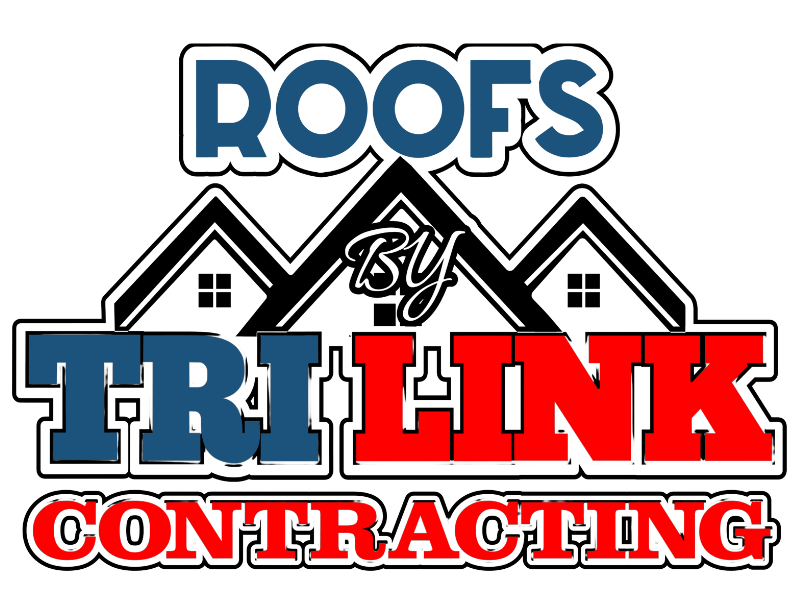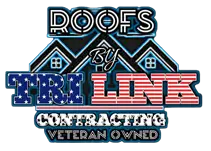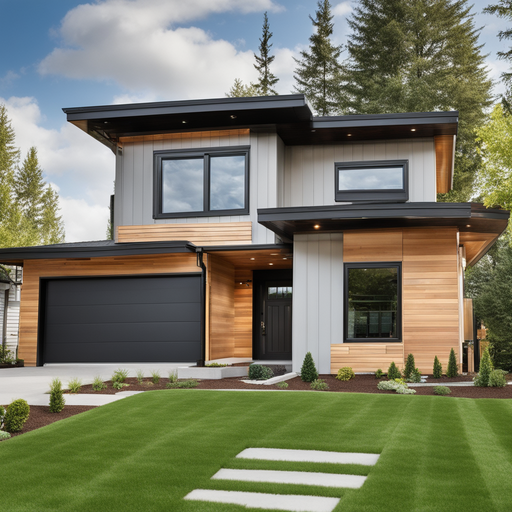Unveiling the Truth About Siding Replacement
Stepping up our siding game can truly transform a home’s appearance and value, making it one of the most essential aspects of any exterior renovation project. With approximately 15% of homeowners in the United States now opting for vinyl siding replacement, it’s clear that this choice has become increasingly popular due to its durability, cost-effectiveness, and easy maintenance advantages over traditional wood or brick installations.
But what does siding replacement really entail? How much will it set you back? And how can you ensure that your investment boosts energy efficiency while safeguarding against the harsh elements?
The Cost Conundrum: Investment Worth Making
Fact: The average cost of a full siding replacement for a typical American home (approximately 2,000 square feet) falls between $15,000 to $25,000. Yes, we get it—it’s no pocket change! But investing in quality siding materials not only enhances longevity but also adds significant aesthetic appeal to your beloved abode. After all, who wouldn’t want their humble dwelling to make heads turn and neighbors green with envy?
Opt for durable vinyl or weather-resistant cladding to future-proof your property against Mother Nature’s wear-and-tear.
Step 1 – Evaluating Your Options:
Before diving into this project and overspending, evaluate today’s siding choices. Avoid rash decisions and take your time. Vinyl is undeniably leading the charge due to its low-cost installation and ability to mimic luxurious wood finishes without sacrificing durability. However, fiber cement options from trusted manufacturers like James Hardie are another fantastic alternative.
- Research different types of vinyl sidings—board & batten vs. clapboard; insulated vs. non-insulated; horizontal or vertical panels.
- Assess material options—fiber cement, cedar shakes, or stone veneer—weighing pros and cons for a budget-friendly, preference-aligned choice.
- Seek guidance from experienced contractors like Tri-Link Contracting for tailored advice in exterior renovations to meet your unique needs. Remember, expert opinions never go out of style!
Step 2 – Counting Energy-Efficiency Bucks:
Are you tired of those skyrocketing energy bills? Fact: According to the U.S Department of Energy, siding replacement can increase home energy efficiency by up to a staggering 20%!-Investing in energy-efficient siding is like having a money-saving superpower: it prevents heat loss in winter and cools your home in summer.
- Opt for insulated vinyl sidings which offer additional thermal resistance properties; it’s like wrapping a cozy blanket around your entire home.
- Inquire about foam insulation backing options when selecting fiber cement sidings—they act as excellent heat barriers!
- To enhance insulation, combine proper installation with weather-resistant barriers under new siding—a layer of extra protection for your home.





